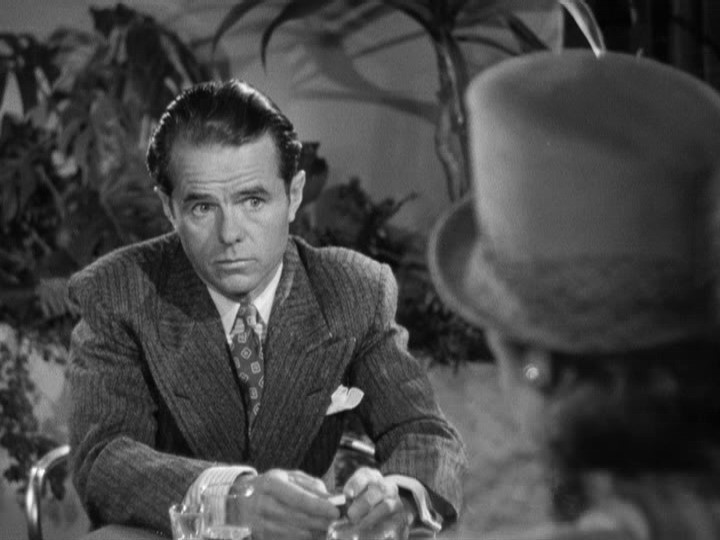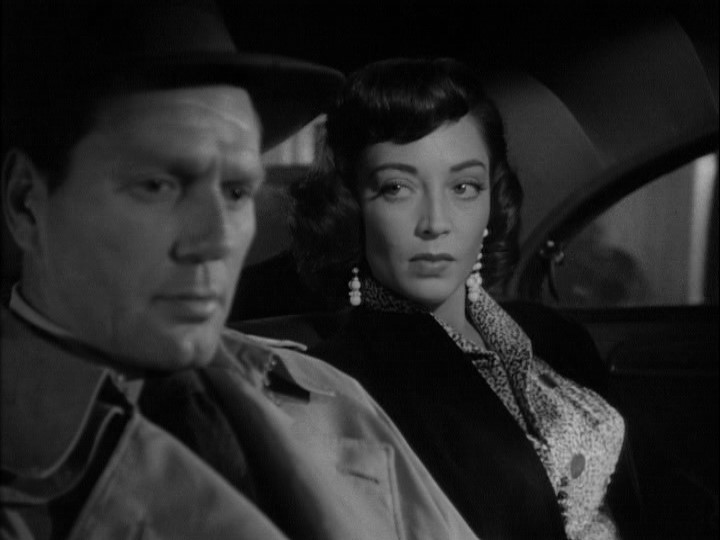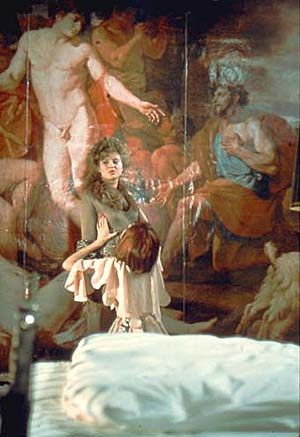 Patrice Chéreau’s Gabrielle (2005) is a wholly professional film: breathtaking authenticity abounds in this 19th century chamber drama about an aging aristocratic couple that, after ten years of marriage, still has not grown to love one another. They host weekly parties for their milieu in their home, assuming the roles of a respectable couple. When one day Jean (Pascal Gregory) finds a note from his wife, Gabrielle (Isabelle Huppert), saying she is leaving him for another man, he is shocked. But, when only hours later Gabrielle mysteriously returns home to reassume her role as his wife, Jean is utterly confounded, not only as to how to deal with his wife’s infidelities, but how to save face in front of his milieu and their social codes.
Patrice Chéreau’s Gabrielle (2005) is a wholly professional film: breathtaking authenticity abounds in this 19th century chamber drama about an aging aristocratic couple that, after ten years of marriage, still has not grown to love one another. They host weekly parties for their milieu in their home, assuming the roles of a respectable couple. When one day Jean (Pascal Gregory) finds a note from his wife, Gabrielle (Isabelle Huppert), saying she is leaving him for another man, he is shocked. But, when only hours later Gabrielle mysteriously returns home to reassume her role as his wife, Jean is utterly confounded, not only as to how to deal with his wife’s infidelities, but how to save face in front of his milieu and their social codes.  Adapted from Joseph Conrad’s short story “The Return” by director Chéreau and Anne-Louise Trividic, the film is a cinematic splendor. Cinematographer Eric Gautier figures the story through an array of styles: leaden blach and white images; deep, murky colors; and at times giving the faces a jaundiced pallor, reflecting the severity of the moral breach felt by Jean and Gabrielle. The film, however, does not fully embrace the constricting ethics of 19th century France. Instead, Gabrielle’s story is filtered through many gradations, and prominence is given to her own stoic dissatisfaction while married to Jean.
Adapted from Joseph Conrad’s short story “The Return” by director Chéreau and Anne-Louise Trividic, the film is a cinematic splendor. Cinematographer Eric Gautier figures the story through an array of styles: leaden blach and white images; deep, murky colors; and at times giving the faces a jaundiced pallor, reflecting the severity of the moral breach felt by Jean and Gabrielle. The film, however, does not fully embrace the constricting ethics of 19th century France. Instead, Gabrielle’s story is filtered through many gradations, and prominence is given to her own stoic dissatisfaction while married to Jean.The acting is high caliber all around, with every performer believable in her their role. Isabelle Huppert lives up to her legendary reputation as one of international cinema’s greatest living actors. Pascal Greggory recalls Lancaster’s performance in Visconti’s The Leopard (1963), conveying aristocratic nobility with such grace that it seems absolutely genuine. More than authentic, his airs do not seem forced, nor are they over-played, which makes his own egoism less reactionary and more convincingly realistic.
 The middle third of Gabrielle is devoted, largely, to a conversation between Gabrielle and her maid, Yvonne (Claudia Coli), as she assists in undressing and preparing Gabrielle for bed. Structurally, devoting this much time (approximately 30 of 90 minutes) to a conversation is decidedly atypical, as is the attention paid to Yvonne. Maids are often transparent characters who thoughts and motivations can be discerned through the slightest glance—or they are simply ignored. As Yvonne, Coli balances loyalty to Gabrielle, along with sympathy for her plight as the unsatisfied wife. But at the same time, Yvonne is silently dissatisfied at Gabrielle’s return, what she believes is Gabrielle’s acquiescence to society’s morays.
The middle third of Gabrielle is devoted, largely, to a conversation between Gabrielle and her maid, Yvonne (Claudia Coli), as she assists in undressing and preparing Gabrielle for bed. Structurally, devoting this much time (approximately 30 of 90 minutes) to a conversation is decidedly atypical, as is the attention paid to Yvonne. Maids are often transparent characters who thoughts and motivations can be discerned through the slightest glance—or they are simply ignored. As Yvonne, Coli balances loyalty to Gabrielle, along with sympathy for her plight as the unsatisfied wife. But at the same time, Yvonne is silently dissatisfied at Gabrielle’s return, what she believes is Gabrielle’s acquiescence to society’s morays.  Gabrielle’s reason for returning remains a mystery, an ambiguity that makes the story compelling and engrossing. Huppert conveys determinism without belying the motivations or reasoning behind her actions. She tantalizes the audience by disclosing just so much her character; more than subtle, she is reticent. All of Gabrielle, in fact, is a redolent, myriad reticence: a mystery that concludes, but is never solved.
Gabrielle’s reason for returning remains a mystery, an ambiguity that makes the story compelling and engrossing. Huppert conveys determinism without belying the motivations or reasoning behind her actions. She tantalizes the audience by disclosing just so much her character; more than subtle, she is reticent. All of Gabrielle, in fact, is a redolent, myriad reticence: a mystery that concludes, but is never solved.






















